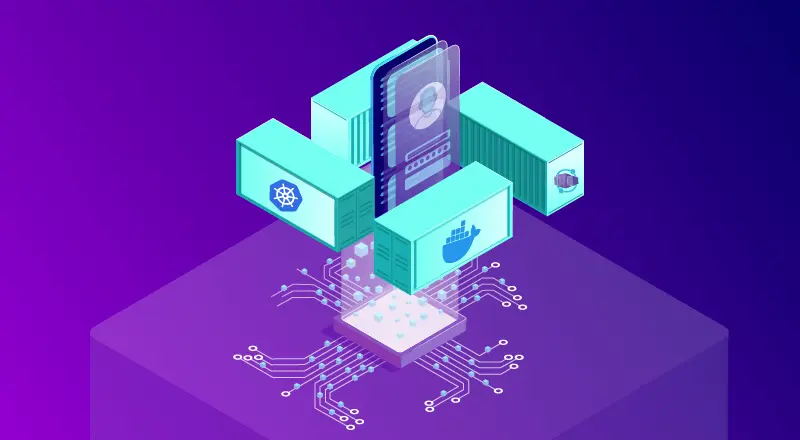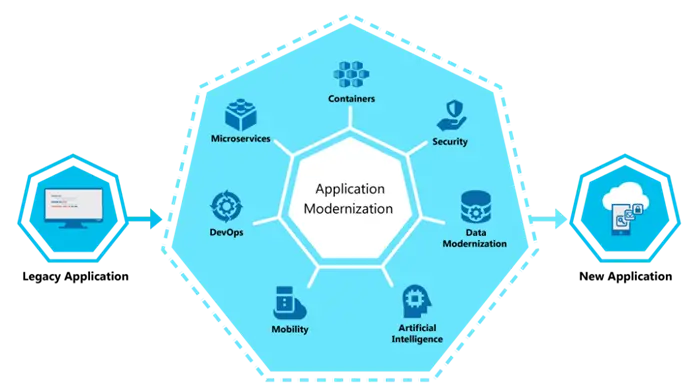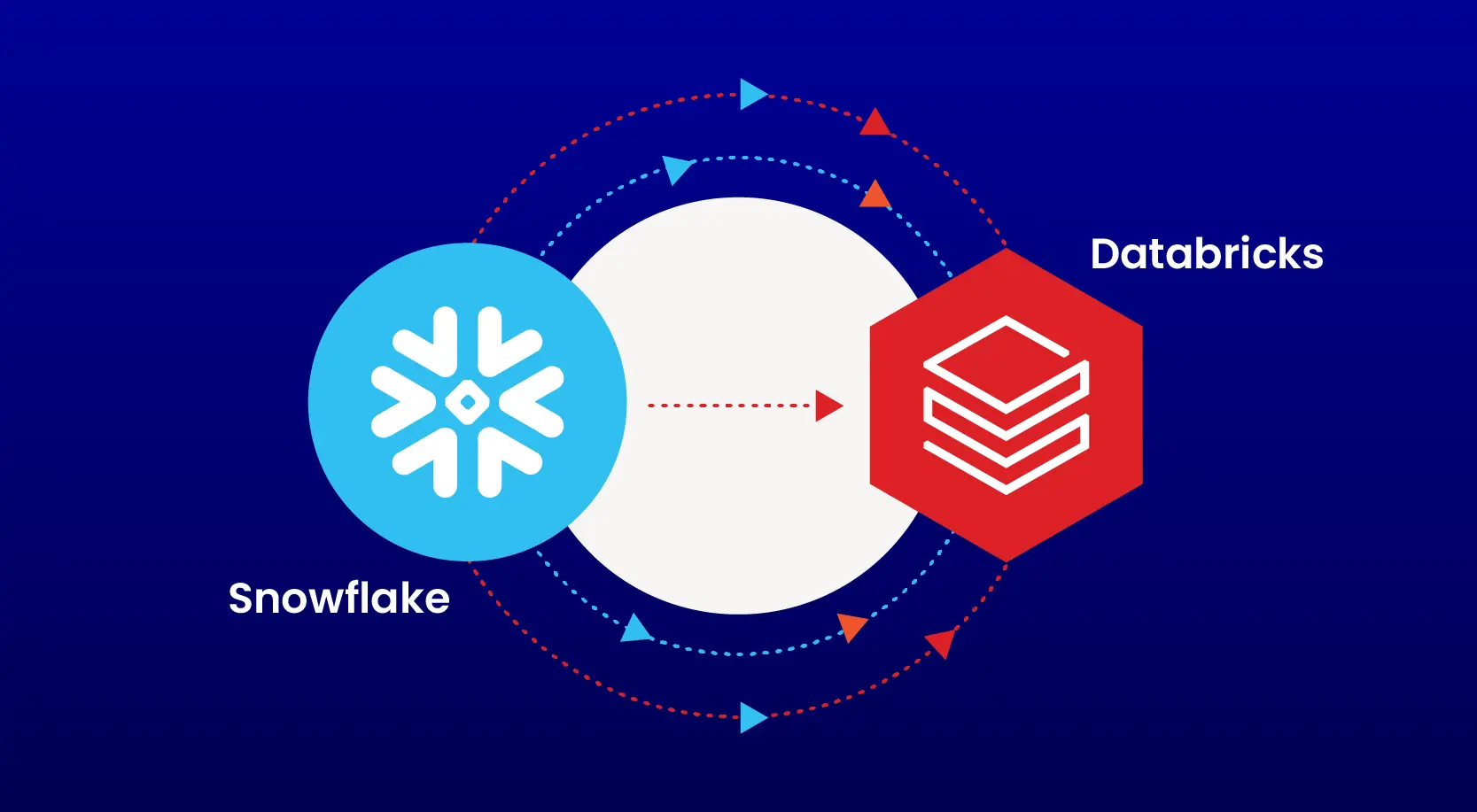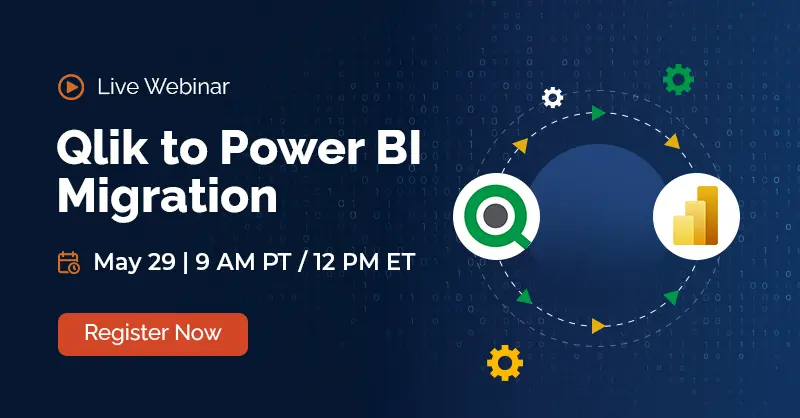
Digital transformation has now become an imperative for successful businesses as it enables businesses to be resilient, flexible, and quickly adapt to changing markets. Summing up its importance IDC predicts that by 2023, more than 50% of GDP will be delivered by products and services from digitally transformed enterprises – organizations that can scale their business and innovate at a pace an order of magnitude greater than traditional businesses. Containerization has evolved as a very efficient enabler that empowers businesses on their digital transformation journey. This blog delves into containerization, its importance along with the best practices to implement the same.
1. What is Containerization?2. Lift and Shift Versus Containerization
3. Benefits of Containerization
4. Containerization with Kubernetes
5. Container Ecosystem
6. WinWire – Your Containerization Partner
A container is just as we understand its meaning to be, but in software parlance, a container is a standard unit of software that is packaged with all its dependencies to ensure that an application performs without problems even when shifted from one computing environment to a new one. A container can contain a small microservice or an entire application. The container stores all the necessary configuration, libraries, and other files, necessary for the application to run.
Containers are different from Virtual Machines (VMs). VMs enables teams to run what appears to be multiple machines, with multiple operating systems, on a single computer using lightweight software layers called hypervisors. The key difference between containers and virtual machines is – with virtual machines the hardware is being virtualized to run multiple OS instances, whereas containers provide a way to virtualize OS so that multiple workloads can run on a single OS instance. This makes containers light weight and more portable than VMs.
Lift and Shift Versus Containerization
Lift and shift allow organization to move to cloud quickly. However, this does not work for all legacy applications/technologies/environments. One of the key benefits with lift and shift is, when moving applications to the cloud, on premise applications can move without having to be redesigned. However, this doesn’t result into optimized/efficient workloads and nor they can fully leverage cloud native features. As a result, the benefits of cloud migration such as speed and cost can be compromised and full potential of such a migration is not realized. Secondly, lift and shift made sense when in the past the requirement was only to shift from on-premises to the cloud. But with time, enterprises realize that the value they derive from the shift is not as attractive as it was meant to be as the application may not be able to adapt to the cloud environment and a lot of its features could be eclipsed. On the other hand, containerization focusses not on hardware but on the application itself.
Thirdly to use an analogy, lift and shift can be compared to moving to a new house with the same old furniture. While some of it may fit in there may be other pieces of furniture that are not required. Similarly, in lift and shift, since an application is just moved from one place to another, but not necessarily similar place, there could be issues with adaptation which will result in latency and slow performance of the application.
Benefits of Containerization
Applications are constantly evolving as product teams add features, tools and so forth to respond to internal and external needs. Traditionally software codes are written, developed, tested in an environment, and then deployed. The moment the environment changes, the chances of application failure are high. Overcoming the challenges of traditional application development methodologies, containerization has emerged as a productive alternative. Containerization is the encapsulation of an application – packaging of software code with all its components such as frameworks and libraries in separate dockets or containers. Docker is the mostly widely used open-source framework for building, running and managing containers. Containerization ensures that when an application is moved or is run in a different environment it performs consistently – it is DevOps in its real form.
Key benefits include:
- Increased efficiency in application creation and deployment
- Seamless portability between different platforms and clouds
- Increased efficiency with less time spent on fixes and testing
- Accelerated delivery of enhanced features
- Increased security for each feature or service by isolating from the network, host etc.
- High scalability of applications.
Containerization with Kubernetes
Containerization requires a framework to manage and orchestrate containers using configuration. A leading solution for containerization is Kubernetes. Kubernetes is a portable, extensible, open-source platform for managing containerized workloads and services, that facilitates both declarative configuration and automation. It has a large, rapidly growing ecosystem. Kubernetes services, support, and tools are widely adopted and available.
Benefits of Kubernetes in Containerization
- Load Balancing – by exposing a container from its DNS or IP address, Kubernetes helps to balance load to prevent latency.
- Storage flexibility – to store, move local libraries between public and private clouds.
- Rollout and rollback – it empower, moving from actual to desired state for containers at a controlled rate, i.e. create, delete or adopt new containers seamlessly.
- Dictate memory needs – Kubernetes can fit containers onto nodes to ensure how much memory each container needs and limit it to the same ensuring maximized usage of space and memory.
- Health check of containers – it monitors the health of containers, i.e. usefulness, redundancy and restarts containers that don’t respond to health checks without exposing the same.
- Security at service – empowers management of passwords and storage to ensure that sensitive information remains secure.
Maximizing Containerization Benefits
Adopting containerization is the future for application management but it comes with its own challenges especially for enterprises that have already adopted containerization. Some of the key challenges faced by enterprises are:
- Complexities in learning its strategies and technologies resulting in lack of sufficient internal expertise to manage containerization on an ongoing basis.
- Challenges in redesigning already existing applications to fit into containers
- Lack of internal resources and tools to develop and implement containerization
- Difficulty in securely transferring data between containers
- Managing multiple Kubernetes clusters across any infrastructure
- Providing integrated tools to DevOps teams for running containerized workloads
These inherent challenges are leading to uncertainty in defining costs and time involved in containerization. For IT heads this is posing to be a real business challenge as the benefits cannot be clearly defined.
Container Ecosystem
Container Runtime Engines – are software components that can run containers on a host operating system. Common container runtimes usually work together with container orchestrators. The container engine takes responsibility for managing the individual containers running on every compute node in the cluster. Common examples of container runtimes are runC, containerd, Docker, and Windows Containers. There are three main types of container runtimes—low-level runtimes, high-level runtimes, and sandboxed or virtualized runtimes.
Container Orchestrators – The orchestrator is responsible for managing clusters of containers, taking care of concerns like container scalability, networking, and security. Orchestrators help manage distributed clusters of containers, often used for microservices and other distributed applications. Kubernetes is the most popular container management platform. Kubernetes is highly resilient and supports zero downtime, rollback, scaling, and container self-healing. But there are other options available as well.
Azure Containers – Azure offers multiple different options to run and orchestrate containers. Azure Container Apps can be used to build and deploy modern apps and microservices using serverless containers. Enterprises can also leverage ACR and AKS to manage containers at scale with a fully managed Kubernetes container management and orchestration service that integrates with Azure Active Directory.
AWS Containers – offers services such as ECR, EKS, Fargate, and more – that give a secure place to store and manage container images, orchestration that manages when and where containers run, and flexible compute engines to power the containers.
WinWire – Your Containerization Partner
WinWire Technologies, a leading Microsoft Managed Partner, and Cloud Solution Provider has successfully re-engineered, modernized legacy applications/platforms, and designed & developed modern cloud applications leveraging intelligent automation, microservices, DevOps, Containers, AI, Azure Automation and Serverless Computing. WinWire understands both the business vision and the complexity of the process involved in application modernization services.
WinWire can work with you to determine the right containerization strategy for your workloads. Leveraging our vast experience and proven frameworks and accelerators, we can partner with you to help accelerate your modernization and digital transformation journey.

WinWire’s Application Modernization Methodology ensures low-risk migration for uninterrupted business operations. It seamlessly integrates digital technologies and legacy systems into a single system of intelligence to help customers optimize their modernization initiatives for mission-critical legacy applications. Our methodology also ensures minimal or no impact on the business during the process of modernization.



